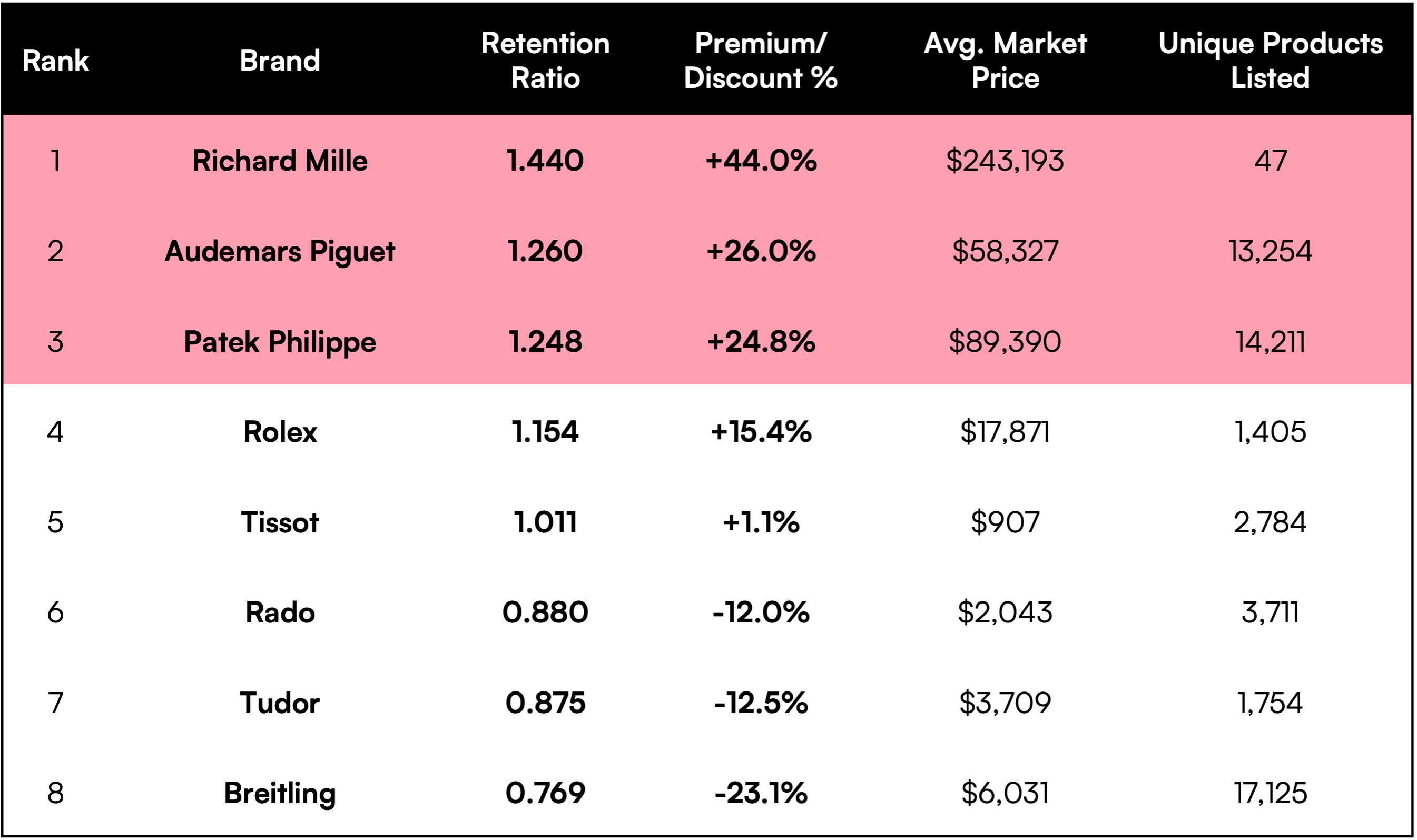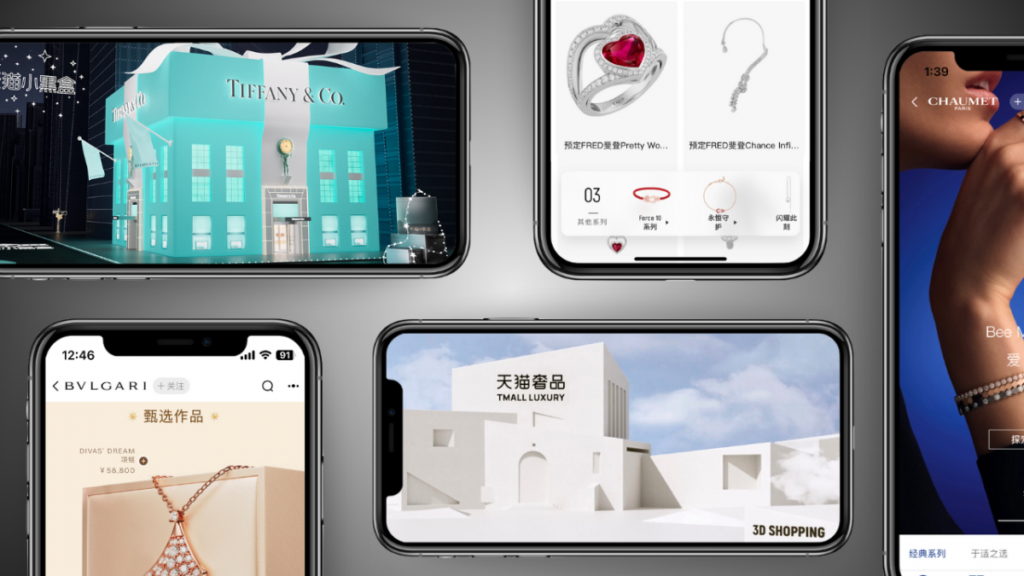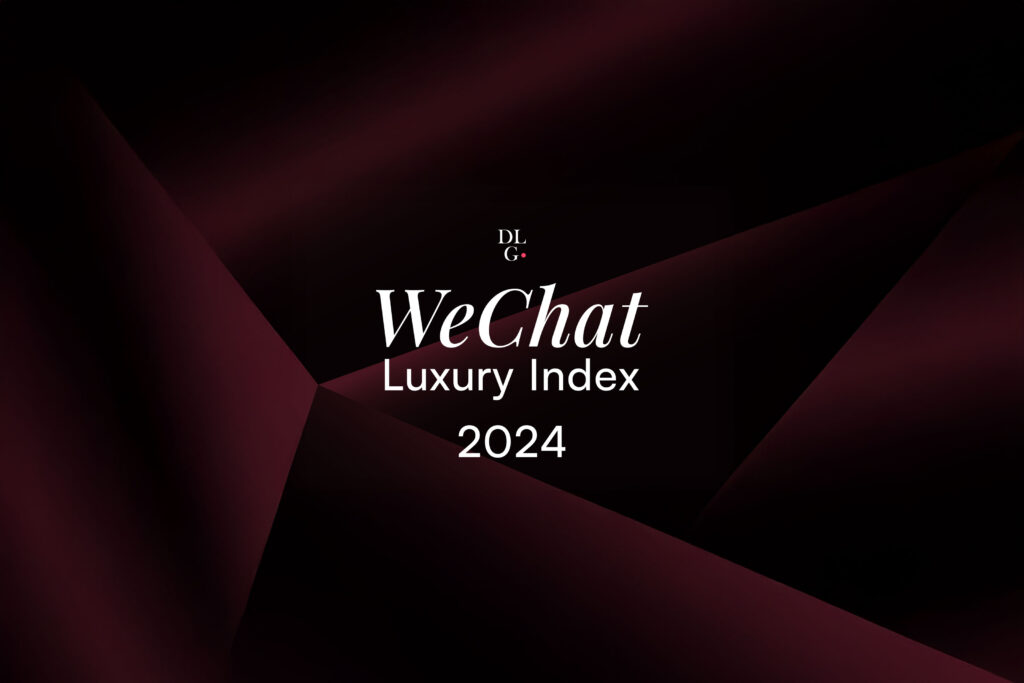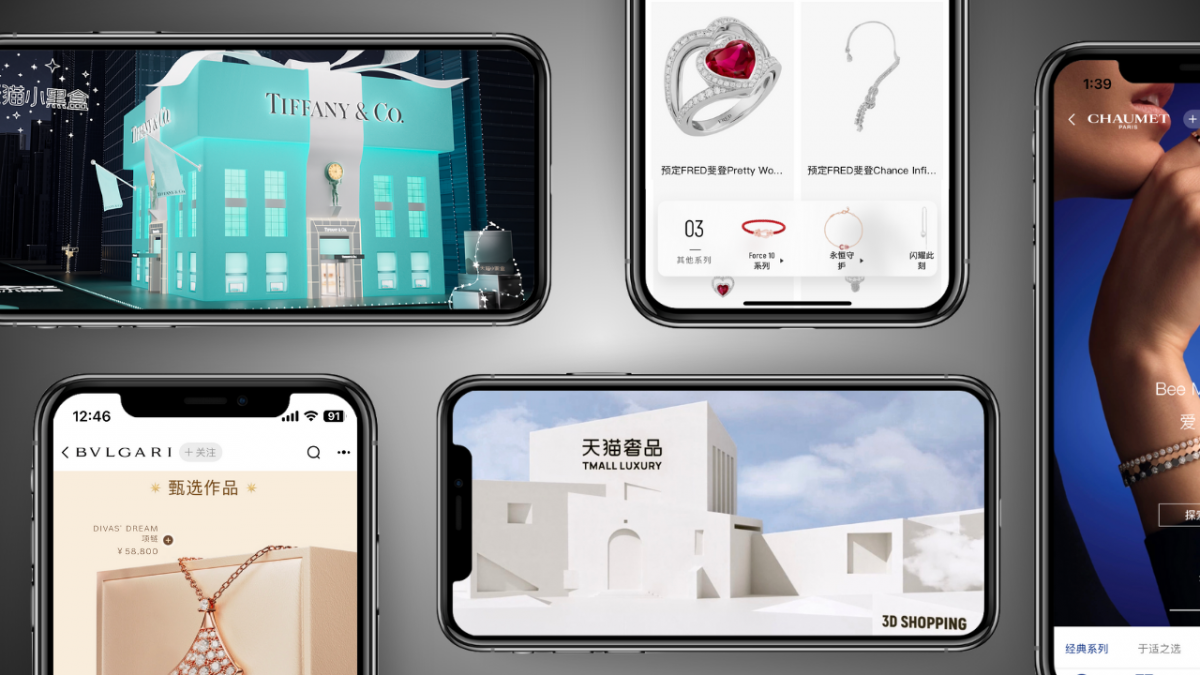The luxury veteran shares more about digital transformation, sustainable luxury, and the millennial collecting boom reshaping the auction industry.
Beneath the traditional auction headlines lies a powerful transformation: Millennials and Gen Z now represent up to a third of major auction house bidders, more than doubling their presence in just five years. These digitally-native collectors are redefining luxury collecting – from Maurizio Cattelan’s Comedian selling for USD $6.2 million to a Millennial crypto entrepreneur, to exclusive luxury watches outperforming the S&P 500. What was once an exclusive club has become a dynamic marketplace where sustainability meets investment strategy, and authentic stories drive both passion and portfolio diversification.
“The market is still here and is still there and transacting a lot. It’s quite resilient. It’s holding, [and] it’s difficult to say because the collectors, they really do purchase or sell for so many different reasons,” observes Chabi Nouri, Global CEO of Bonhams, in a recent episode of The Luxury Society Podcast. This resilience is reflected in hard numbers: According to Bank of America’s Art Market Update this year, sell-through rates across major auction houses increased from 82% to 84% in 2024, the highest rate since 2017, indicating a steady flow of transactions despite economic headwinds.
The Modern & Digital Auction Consumer
The auction industry’s digital transformation accelerated rapidly during the pandemic, fundamentally changing how collectors engage with the market. What started as emergency measures to maintain business continuity has evolved into a permanent shift in operating models that has redefined the entire sector.
This digital evolution has transformed market accessibility in unprecedented ways. “We are able to engage much more with a bigger community [compared] to before,” Nouri explains, highlighting how digital platforms have broken down geographical and social barriers that once limited auction participation. “[We] have so many more clients coming [in] because of the online and tech advancements, and the way we are now able to showcase these pieces,” she adds. “And it doesn’t need all to be live, [as] everybody’s connected.”
The results speak for themselves. Bonhams achieved a record-breaking turnover of more than USD $1.14 billion in 2023, marking the strongest performance in its 230-year history. Online lot sales jumped 45%, while online auctions more than doubled with a 105% increase compared to 2022, demonstrating how digital channels have become essential revenue drivers for the business.
This expansion has coincided with broader luxury market growth driven by digital personalisation and AI, fundamentally changing how people shop and elevating consumer expectations. Today’s auction clients demand more than traditional luxury goods – they seek comprehensive luxury experiences. “The buyers are evolving. The buyers are changing. They want to have it now… and the patience is less there. They want the online experience [to be] great and perfect,” Nouri observes.
This shift in consumer behaviour has created new competitive pressures. Auction houses now find themselves competing not just with each other, but with every premium digital interaction consumers encounter, forcing them to match the seamless experiences delivered across the broader luxury ecosystem.
Circularity & Alternative Investments
As younger luxury consumers come into their own, there has been a growing interest in alternative channels for wealth preservation and growth, with claims of luxury bags and watches outperforming the S&P 500 frequently shared across social media platforms. According to Boston Consulting Group (BCG), luxury watches from Rolex, Patek Philippe and Audemars Piguet appreciated by an average of 20% annually from mid-2018 to January 2023, outpacing the S&P 500’s 8% annual returns during the same period.

Credit: Bonhams
Based on April 2025 data extracted from DLG’s proprietary Re-Hub SENTINEL tool that tracks the prices of luxury watches on the second-hand market, brands like Audemars Piguet (+26.0%), Patek Philippe (+24.8%), and Rolex (+15.4%) continue to display strong value retention.

Source: Re-Hub SENTINEL
This performance has fundamentally shifted how high-net-worth individuals are starting to allocate their portfolios. “The fact that these alternative investments – if we may say, investment class – for the high-net-worth-individual in their portfolio, it was like 5%, 10% probably a decade or five years ago, and now it’s going between 15% to 20%. So it is increasing,” Nouri says. This trend reflects broader market data, with research from global investment firm KKR showing that high-net-worth individuals now allocate 26% to alternatives compared to 22% in 2017, while ultra-high-net-worth portfolios include 50% alternative assets.
Yet for younger luxury consumers, it appears that the appeal extends far beyond financial returns. “There is an investment aspect. There is a preservation aspect. There is – I love this piece – there is [also] the sustainability aspect,” says Nouri. “All this circular economy is quite big, and that is something that drives at least a certain type of generation and profile.”
The circular economy narrative has become central to luxury positioning, particularly as sustainability concerns drive younger consumer behaviour. The global second-hand luxury goods market has been projected by Bain & Company to be valued at approximately USD $52.8 billion in 2023, with analysts at BCG estimating that the sector will account for up to 25% of the total luxury market’s value by 2026. This growth reflects more than just economic opportunity – it represents a fundamental shift toward consumption practices where auction houses and pre-owned luxury platforms offer an important piece of what modern consumers are looking for: provenance and history.
Generational Shift in Collecting
This intersection of sustainability consciousness and investment sophistication has created a powerful driver for auction market growth, as younger collectors increasingly view purchases through both environmental and financial lenses. Perhaps the most profound transformation in luxury auctions stems from the shift in consumption values observed in Millennials and Gen Z.
The collecting behaviour itself has evolved dramatically beyond purely investment-driven motivations. “Collectors and collecting is something that even today, we all see [them becoming] younger and younger. The [younger] generations are collecting everything, and they love it, and they’re engaged with that. So it’s quite fascinating. Also, there is an interest into the objects, which I’m not sure the previous generation had – this deep interest in all these collectibles,” Nouri observes.

Credit: Bonhams
Bank of America Private Bank data confirms this generational enthusiasm: while 65% of wealthy Americans expressed interest in collectibles overall, that figure jumped to 94% among individuals under 44. More tellingly, Millennials and Gen Z collectors are at least twice as likely as older counterparts to collect watches, rare cars, and antiques – categories that align perfectly with auction house offerings.
What distinguishes younger collectors is their sophisticated approach to luxury consumption that merges passion with purpose. “The younger [consumers] are coming back to more local traditions. They want to understand the depth of the history; of these objects. So it’s very interesting to see that,” Nouri adds.
The New Luxury Landscape
This hunger for authentic narratives, combined with values-driven purchasing decisions and digital literacy, creates new opportunities for brands while highlighting a clear shift in consumer priorities in the modern luxury landscape. The traditional luxury paradigm – where exclusivity was defined by price and scarcity alone – has given way to a more nuanced ecosystem where provenance, sustainability, and investment potential carry equal weight in purchasing decisions.
For auction houses, this evolution represents a fundamental competitive advantage. Unlike retail luxury, auctions inherently offer the authentic stories, circular economy benefits, and investment opportunities that modern collectors demand. The challenge now lies not in adapting to these new priorities, but in effectively communicating how the auction model naturally aligns with the values shaping luxury’s future.
Listen to the full interview with Chabi Nouri on Episode 7 of The Luxury Society Podcast on Apple, Spotify, and other major podcast platforms.
Subscribe to The Luxury Society Podcast to receive notifications about new episodes featuring luxury industry leaders. Never miss an episode as we continue exploring the themes shaping the future of luxury.










